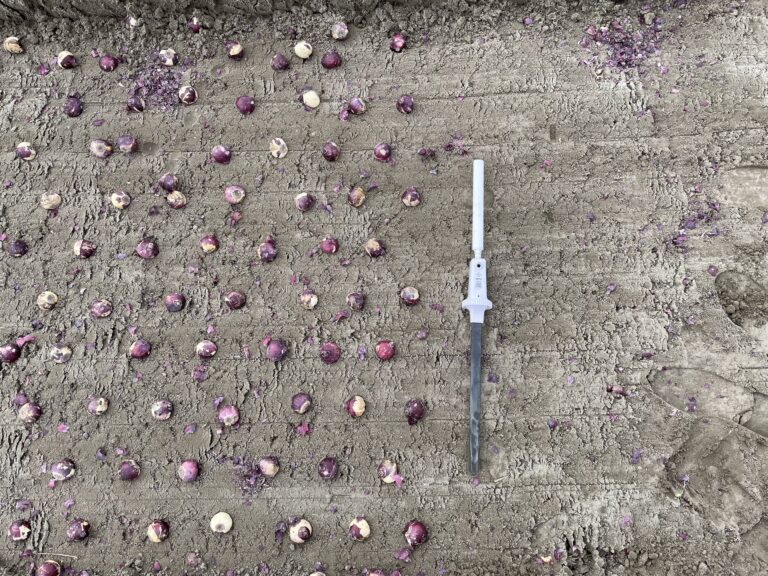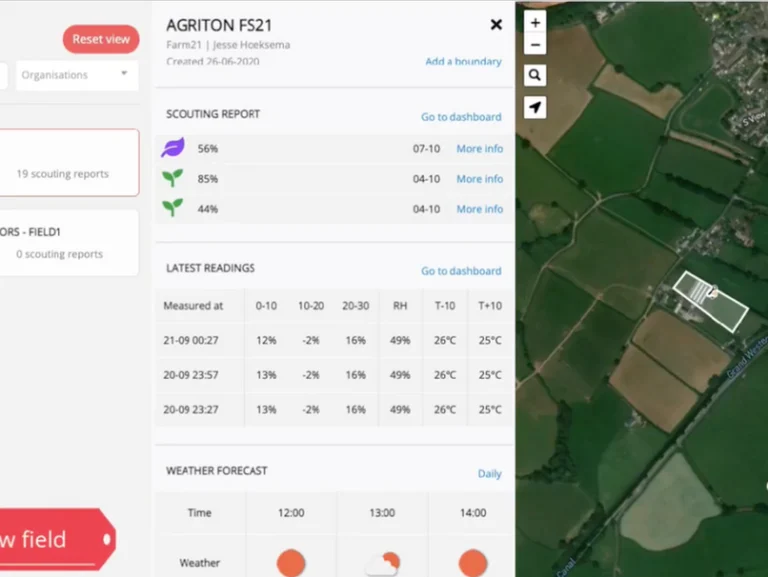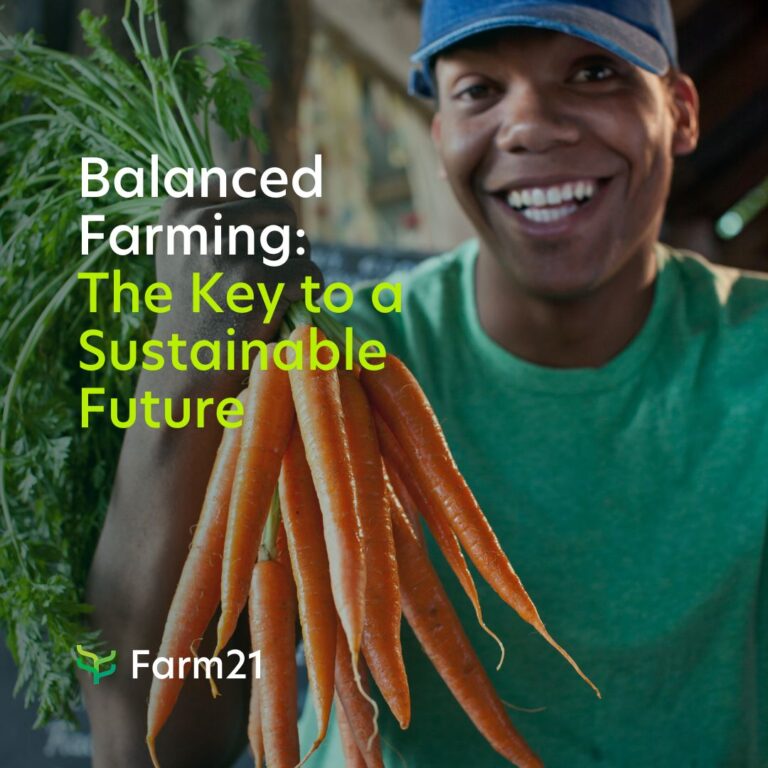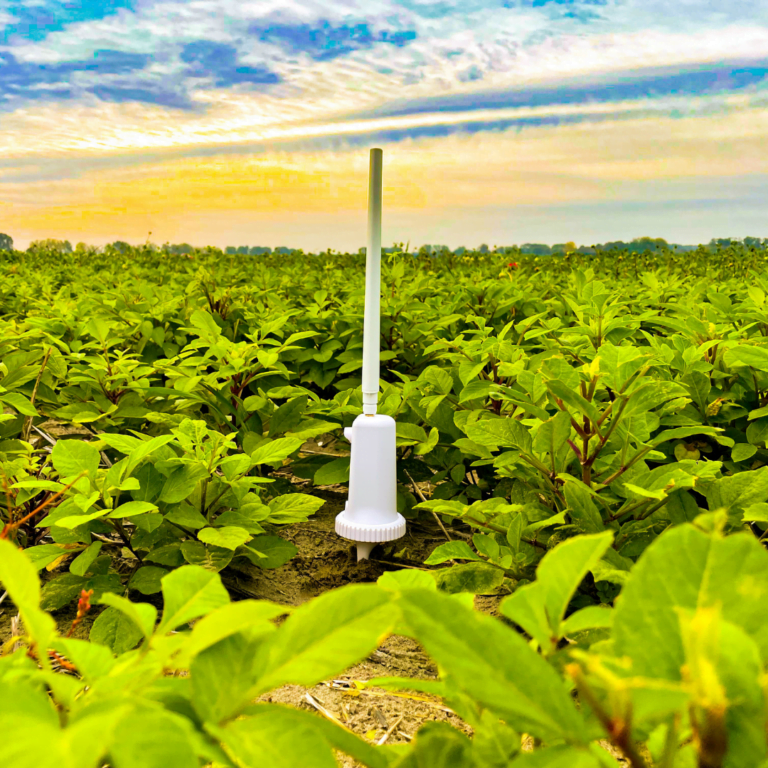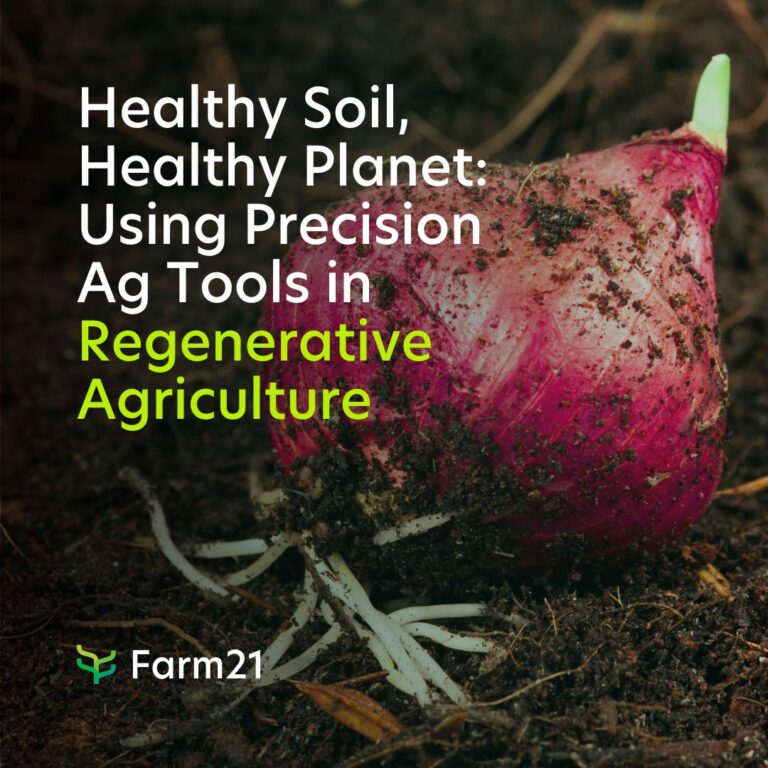Proactive Farming: 4 Innovative Tools To Make The Transition
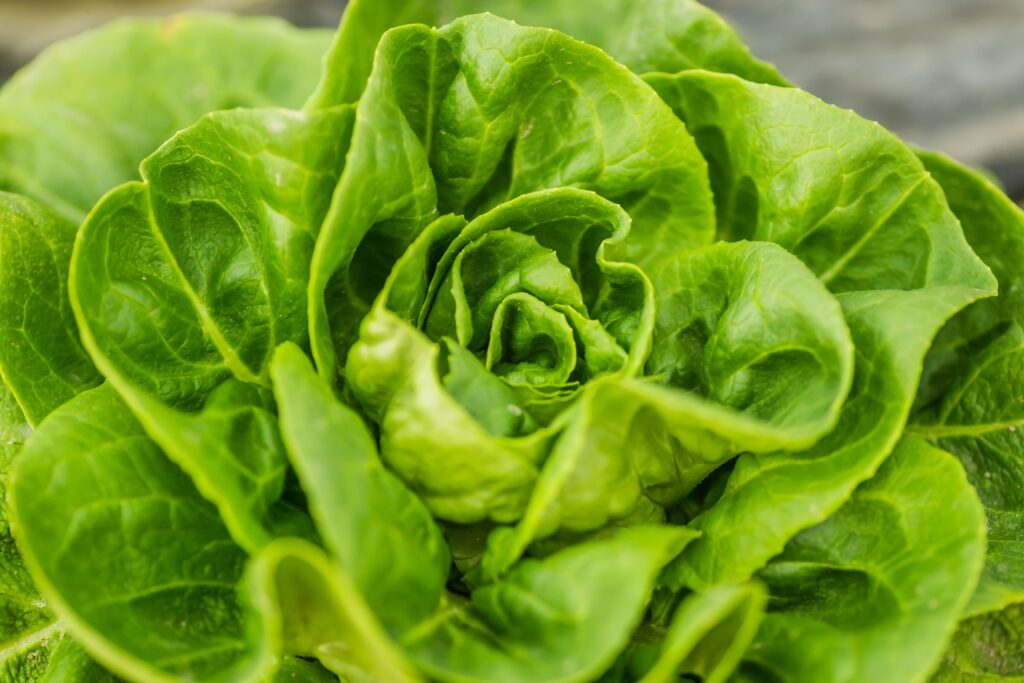
One of the key aspects of precision farming is the ability to move from reactive to proactive practices. In this blog post, we will discuss the benefits of proactive farming and explore tools and techniques to help growers make the transition from reactive to proactive farming.
Precision farming is a modern agricultural technique that uses technology to optimise crop production and reduce costs. It involves gathering as much information as possible about fields and crops in order to make data-driven decisions that will help growers to apply the right resources, in the right place, at the right time and in the right amount. To this back-drop, and with more and better quality data available to them than ever before, growers and crop advisors can now make the transition to proactive farming. So, what does this mean exactly? Let’s take closer look at the two approaches:
Reactive vs Proactive Farming
In the past, by the time growers would notice differences in the field crops would already be showing visible signs of damage as result of either pests and diseases, water stress or other detrimental influences. Only then were they able to react, trying to rectify or control the damage that has already occurred. In contrast, proactive farming allows farmers to identify potential problems and act before they become major issues. With the help of technology and digital farming tools farmers can identify areas of their fields that are suffering from drought, pests, or disease, and then take action to address these issues.Farming proactively also allows growers to take a more strategic and informed approach to managing their crops.
How does proactive farm management look in practice?
In short, it means preventing issues or problems before it causes damage. By collecting as much data from as many sources as possible, growers and crop advisors are able to draw conclusions and spot trends or patterns and act accordingly. So, instead of waiting until crops show signs of nutrient deficiencies and then applying fertiliser, or waiting until pests are visible and then applying pesticides, or of waiting until crops show signs of stress and then applying water.
Nutrient Management
Instead of waiting until crops show signs of nutrient deficiencies and then applying fertiliser, a proactive approach would involve soil and plant tissue testing, remote sensing and sensors to determine the exact nutrient needs of their crops and apply the appropriate amounts of fertiliser at the right time. This can lead to higher crop yields and lower costs, as well as reduce the risk of nutrient runoff and other environmental issues.
Pest Management
Instead of waiting until pests are visible and then applying pesticides, a proactive growing approach would use scouting and monitoring techniques to detect pests early, and then use a combination of cultural, mechanical, and biological control methods to manage them. This can lead to lower pesticide use and a more sustainable future for agriculture. (Read more about precision pest control here.)
Irrigation Management
Instead of waiting until crops show signs of stress and then applying water, a proactive farmer would use soil moisture sensors and accurate weather forecasting to monitor soil moisture and predict water needs. This can lead to higher crop yields and lower water use, as well as help farmers to avoid over- or under-watering. (Watch Farm21’s free webinar recording about agricultural water management here.)
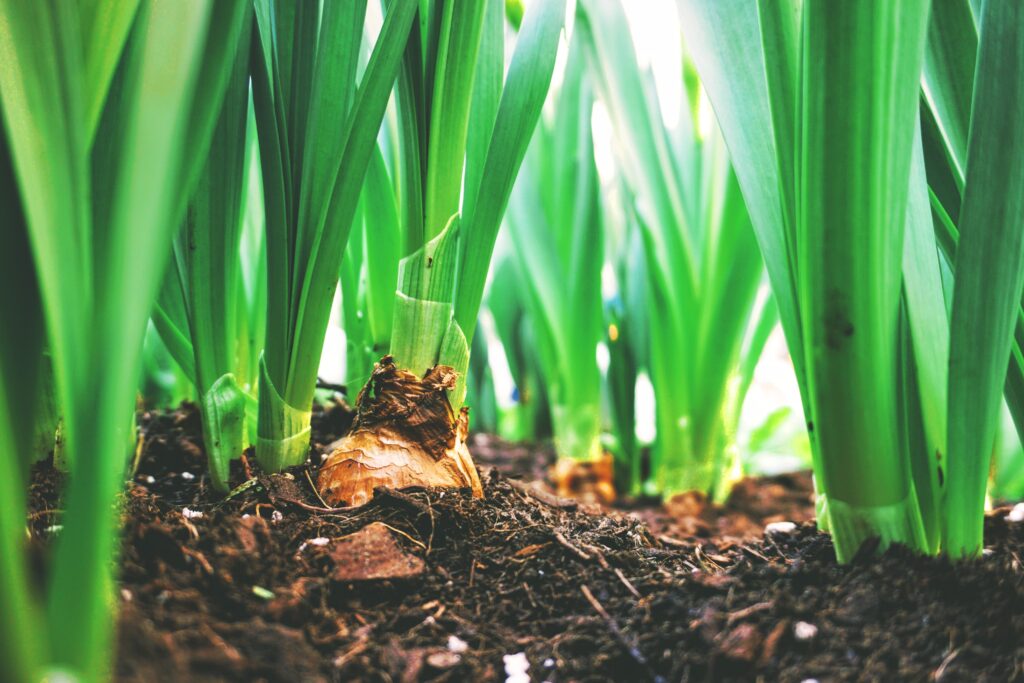
What are the key benefits of proactive farming?
Increased crop yields: Proactive farming allows farmers to make informed decisions about how to manage their crops, which can lead to higher crop yields. For example, by using precision agriculture tools and techniques to gather data about the condition of their fields, farmers can identify areas that need extra attention and optimise their inputs to increase crop yields.
More sustainable future for agriculture: Proactive farming can also help create a more sustainable future for agriculture. By using precision agriculture tools and techniques to gather data about the condition of their fields, farmers can make more informed decisions about how to manage their crops, which can reduce the amount of inputs needed to maintain healthy crops. Additionally, by using autonomous tractors, farmers can automate tasks such as planting, harvesting, and spraying, which can save time and money. Additionally, proactive farming can help farmers to identify and solve potential problems before they become major issues, which can reduce the risk of crop damage and environmental issues.
What are the best tools and techniques for making the transition from reactive to proactive farming
- Soil moisture sensors
The first step in moving from reactive to proactive farming is to gather data about the farm and fields. This data can include information about weather, soil moisture, crop growth, and pest populations. By gathering data, growers can identify patterns and trends that can help them make better decisions about how to manage their crops. Growers can also use this data to support their normally used rules of thumb.
For example, Farm21’s soil moisture sensors and data platform is a solution for gathering data on soil moisture. These sensors are placed in the soil and measure the volumetric water content . This data is then sent to Farm21’s data platform where farmers can access it and use it to make decisions about when and how much to water their crops. Additionally, the data platform allows farmers to access historical data, which can help them identify patterns and trends in soil moisture over time.
2. Remote sensing
Satellite imagery provides information that helps growers with proactive decision-making. NDVI (Normalised Difference Vegetation Index) and NDRE (Normalised Difference Red Edge) are indices that can be calculated from satellite imagery to indicate the health and vigour of vegetation. NDVI is calculated using the red and near-infrared bands of the electromagnetic spectrum, while NDRE uses the red edge band. Growers can use NDVI and NDRE to monitor the growth and health of their crops, identify areas of stress or disease, and make more informed decisions about irrigation, fertilisation, and pest management.
For example, NDVI values can indicate the density and biomass of vegetation, while NDRE can indicate the chlorophyll content. This can help farmers to identify areas of their fields that may require additional attention, and make more targeted and efficient use of resources such as water and fertilisers. When the satellite imagery shows signs of problems or anomalies in the field, growers will know exactly where to scout for pests and diseases or weeds. It’s also possible to monitor large or remote areas with much less time and labour inputs.
3. Variable Rate Technology
Making use of Variable Rate Technology (VRT) is an excellent tool to help growers make the transition to proactive farming. VRT is a precision agriculture technique that allows farmers to apply different amounts of seed, fertiliser, and pesticides to different areas of their fields. This technique is based on the principle that not all parts of a field have the same fertility or pest pressure, so applying the same amount of inputs to all areas is not the most efficient use of resources or the best for the crops. By using VRT, farmers can increase crop yields and reduce the amount of inputs they use, which can lead to lower costs and a more sustainable future for agriculture.
4. Farm21’s solution
Farm21 provides the perfect all-in-one toolkit that will help growers and crop advisors make the transition towards proactive farming. Firstly, with the most affordable soil sensors on the market, users can deploy the sensors at scale for increased data-density. Secondly, the easy-to-use data platform provides information from multiple sources including satellites, scouting reports, sensors, weather applications and for a complete overview of what is happening in the fields. Find out more over here.

Conclusion
By farming proactively, growers can take a more strategic and informed approach to managing their crops. This can lead to better crop yields, lower costs, and a more sustainable future for agriculture. Additionally, it can help farmers to identify and solve potential problems before they become major issues and optimise the use of inputs and automate some tasks.


